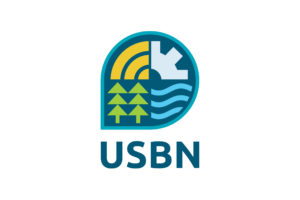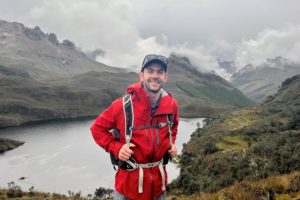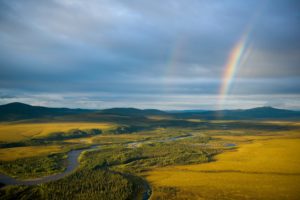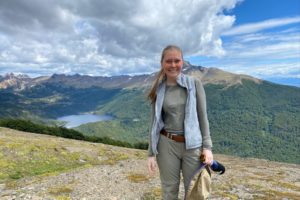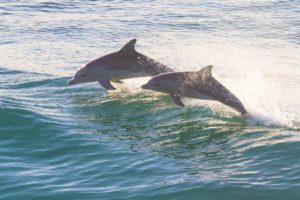Center Staff Members Visit Borneo for the 2nd Asia Parks Congress
In May 2022, more than 1,200 participants—including four staff members from the Center for Large Landscape Conservation—from 49 countries gathered in the city of Kota Kinabalu, Malaysia for the 2nd Asia Parks Congress (APC). Jointly convened by Sabah Parks and the International Union for the Conservation of Nature (IUCN), this APC paved the way for the conservation community to refocus and reinvigorate common objectives, as one of the first, large, in-person (and virtual) gatherings to be held in Asia since the start of the Covid-19 pandemic.

